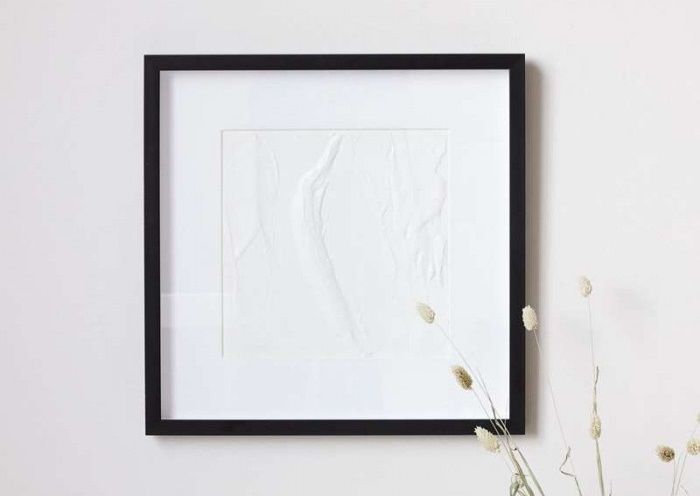The Danish word for art is ‘kunst’. Perhaps that’s always been a clue.
Because there’s little else on the wall where Jens Haaning’s latest work, a blank canvas, has been hanging at Kunsten, an art gallery in Aalborg, since last Friday.
His work is part of ‘Work it out’, an exhibition featuring the work of 22 artists that questions the role of the individual in the modern labour market.
The title says it all: ‘Take the money and run’. The artist borrowed 550,000 kroner from the gallery, and they’re unsure he will return it.
Commissioned to recreate two of his old artworks
Haaning borrowed the money from the galley so he could create two of his artworks: physical representations of a Danish average annual salary in 2010, and its Austrian counterpart three years earlier.
The gallery expected the artworks to be composed of a lot of banknotes: 328,000 kroner’s worth and 25,000 euros to be exact.
Instead, the opening day revealed a white canvas and picture frame with the text “take the money and run”.
Some markings on the canvas suggest that banknotes might have been affixed, but not any longer.
Gallery getting nervous following artist’s payment claim
Kunsten director Lasse Andersson does not feel the 56-year-old artist has complied with his promise to recreate his previous works.
“It is a holistic work that points to the exhibition, but I am missing the money he has borrowed,” he told Berlingske. “It is of course a problem if he does not intend to pay the money back.”
As part of the agreement, the museum expected the 550,000 kroner to be given back by January 14 – two days before the exhibition is scheduled to end – but they have since indicated they will ask for the money sooner.
Particularly as Haaning clearly has other ideas. “Jens now says it is payment for a work he has made,” Andersson told Jyllands-Posten.















